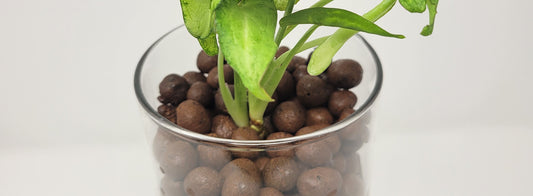In every gardening journey, there comes a point where you ask, “What are those three numbers on fertilizer containers?” They are the NPK values for that product. “What is NPK?” you ask. That is an excellent question.
From left to right, NPK represents the chemical symbols for Nitrogen - Phosphorus - Potassium, the three primary nutrients needed for plant growth. NPK values are expressed as a percentage, by weight, of the total product. Now that we’re familiar with what it is, let’s talk about what each of these essential nutrients does.
Nitrogen
The first number (N) is nitrogen. Nitrogen encourages vegetative growth, or green leaves and stems, because it is a main component in chlorophyll. It’s also needed to make amino acids, the building blocks of protein. Too little nitrogen can result in yellowed leaves and slow growth, while too much nitrogen may cause plants to become dark and leggy.
For plants that experience a lot of leafy growth before flowering, a fertilizer high in nitrogen is recommended for the vegetative phase. In nature, plants get nitrogen from animal waste and rainwater. For container or indoor gardens, nitrogen can be obtained through fertilizer, or organic amendments such as bat guano or earthworm castings.
Phosphorus
The second number (P) is phosphorus. In plants, phosphorus is required for energy conversion and protein synthesis. In short, phosphorus is needed for new tissue development, especially early root growth. Small amounts can be applied to seedlings to encourage healthy rooting, and to plants in the flowering and fruiting stages to encourage new bud development and fruit setting.
In cold temperatures, some plants struggle to take up phosphorus and may look like they are suffering from a deficiency. Signs of a phosphorus deficiency are dark green or reddish, purple leaves. Excess phosphorus will have yellowed leaves and may resemble iron and zinc deficiencies because phosphorus can block their uptake. Natural organic sources of phosphorus include seabird guano and mineralized phosphate. Overuse of phosphorus-containing fertilizers can be toxic for waterways and aquatic life.
Potassium
The third number (K) is potassium. Healthy potassium levels are needed to transport water, nutrients, and carbohydrates through the plant’s tissue, and are therefore vital for flowering and fruiting. Potassium is also required for enzyme activation and helps to regulate the opening and closing of the small pores in the leaves, called stomas.
Stomas regulate the amount of air and water released from the leaves, so lack of available potassium may cause a wilted, water-stressed appearance, and yellowing of older leaves. Potassium toxicity is rare but can cause nitrogen and calcium deficiency, with older leaves turning yellow with brown spots. Potassium naturally occurs in soil, but not all of it is accessible. Organic inputs like soluble seaweed powder and langbeinite can be added to the soil for easily absorbed potassium.
These are far from the only nutrients that plants need, just the ones they need in the highest quantities. When buying nutrients for soil or hydroponics, you’ll need to ensure a well-rounded routine that fits the specific needs of your plant. Tomatoes like more potassium for growing healthy fruit, peppers like even distribution, and lettuce prefers a little more nitrogen.
If you need help finding a nutrient program for your garden, we are always happy to answer any questions. Comment below, send us a message on chat, or call us at 404-464-8313.









